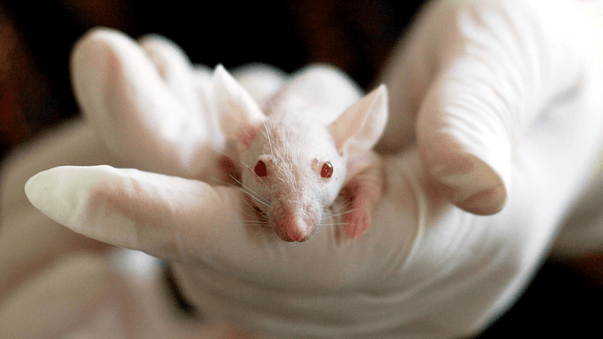Virtual Nature Relieves Indoor Isolation

Scientists at University of Exeter have found that watching nature on media can uplift people's moods, reduce negative emotions, and help alleviate boredom associated with being isolated indoors. These have become increasingly common challenges because of COVID-19 quarantines.
Good old-fashioned TV programs centered on nature can do that. But, as reported in a study published in Journal of Environmental Psychology, interactive Virtual Reality (VR) experiences of nature also led to increases in positive feelings, such as happiness. They also strengthened how connected people felt to nature.
The Exeter scientists worked with BBC's Blue Planet II series team. Their findings support initiatives seeking to bring the therapeutic potential of nature to people at home. An example is BBC's recent Mindful Escapes series.
"We're particularly excited by the additional benefits immersive experiences of nature might provide," said researcher Mathew White. "Virtual reality could help us to boost the wellbeing of people who can't readily access the natural world, such as those in hospital or in long term care."
"But it might also help to encourage a deeper connection to nature in healthy populations, a mechanism which can foster more pro-environmental behaviors and prompt people to protect and preserve nature in the real world."
Virus-Mimicking Drug Fights Tumors
Researchers at UC Los Angeles have found that a drug that activates the body's natural defenses, by behaving like a virus, may also make certain stealthy tumors visible to the immune system. This exposes them to better targeting by immunotherapy.
A study is published in Science Translational Medicine. The researchers injected a virus-mimicking drug, called BO-112, directly into tumors in the laboratory. As a result, these tumors could be recognized and killed by immune system cells.
The researchers are now leading a human clinical trial of a combination therapy involving BO-112. The idea is to activate the immune system against the patient's tumor while the tumor is still in the body.
Molecules from Wasp Venom Kill Bacteria
Scientists at University of Pennsylvania have engineered powerful new antimicrobial molecules from toxic proteins found in wasp venom.
A research paper is published in PNAS. It reports that the researchers altered a highly toxic small protein from the Korean yellow-jacket wasp. The alterations enhanced the molecule's ability to kill bacterial cells while greatly reducing its ability to harm human cells.
The scientists hope to develop the molecules into new bacteria-killing drugs. This would be an important advancement, considering increasing numbers of antibiotic-resistant bacteria.
Greater Understanding of Dopamine and Serotonin
Researchers led by Virginia Tech have found that two well-known neurochemicals, dopamine and serotonin, shape how people perceive the world and take action based on their perception. Dopamine and serotonin are involved in disorders ranging from depression to Parkinson's disease.
A study is published in Neuron. It suggests that these neurochemicals integrate people's perceptions of the world with their actions. The results of the study indicate that dopamine and serotonin have far more expansive roles in the human nervous system than previously known.
The researchers used new techniques, able to continually and simultaneously measure the activity of both dopamine and serotonin in the human brain.
More Articles
Don't miss a beat! In our Pulse Newsletter, Thrivous curates the most important news on health science and human enhancement, so you can stay informed without wasting time on hype and trivia. It's part of the free Thrivous newsletter. Subscribe now to receive email about human enhancement, nootropics, and geroprotectors, as well as company news and deals.
Read more articles at Thrivous, the human enhancement company. You can browse recent articles in Thrivous Views. See other Pulse Newsletter articles. Or check out an article below.
-
Cognition and Longevity Enhanced in 10 Mouse Studies
I take antioxidant dietary supplements daily, so I was happy to accept when Thrivous founder Lincoln Cannon invited me to ...
-
The Best Supplement to Enhance Climbing Performance
Due to the pandemic, talk of immunity abounds. But it’s nice that work focusing on body enhancement is still coming ...


